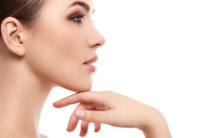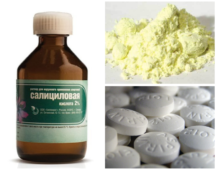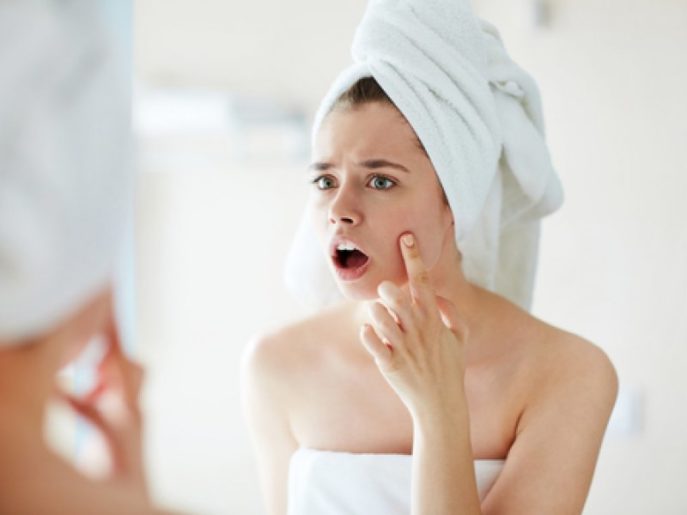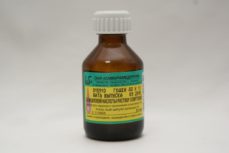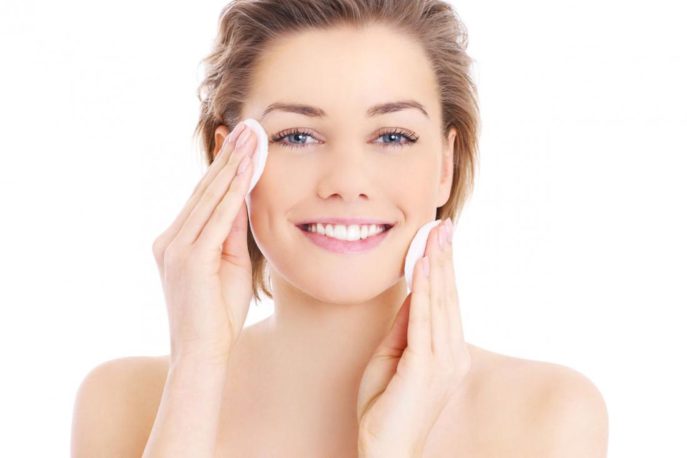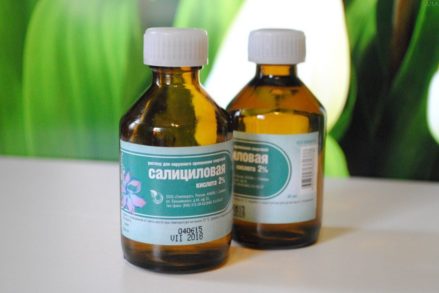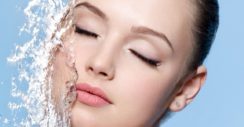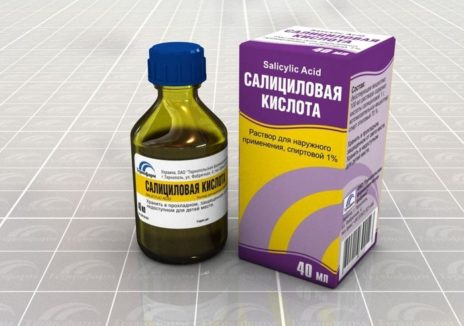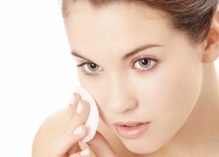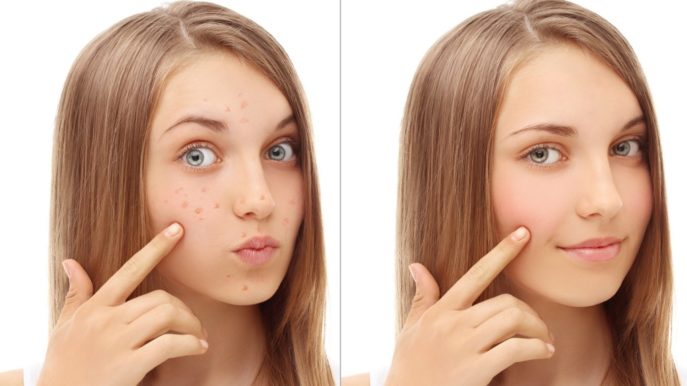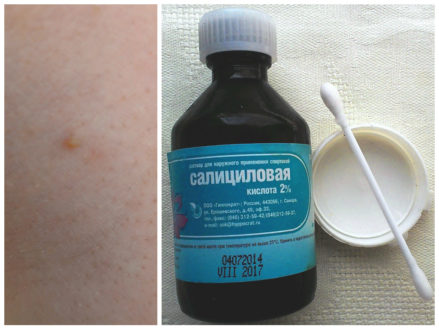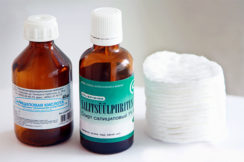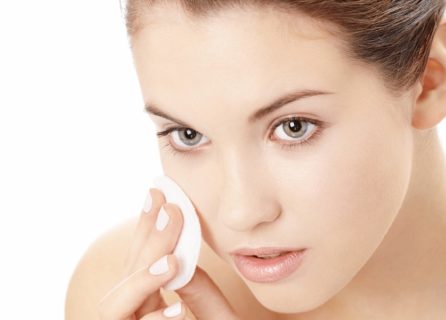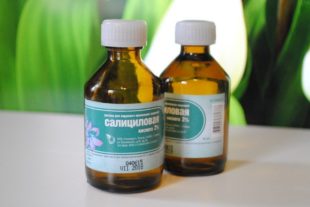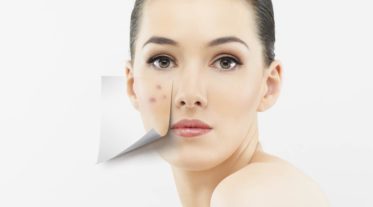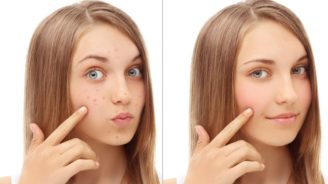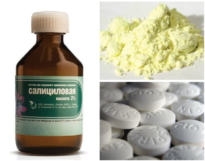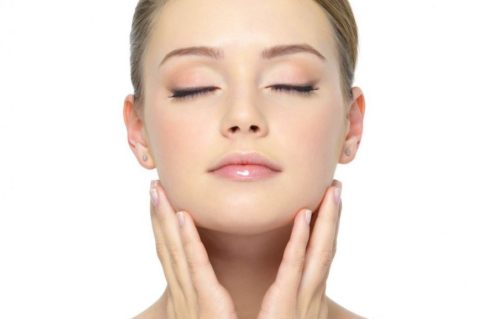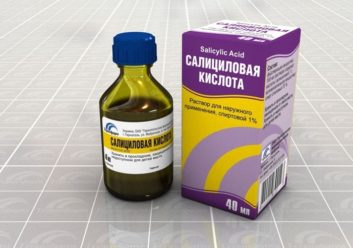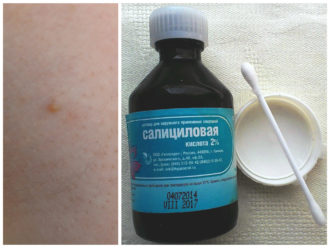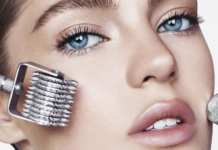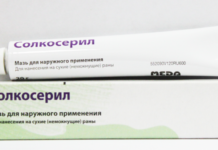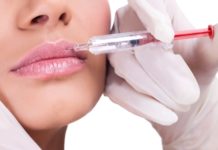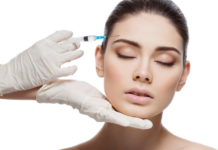One of the most popular treatments for acne and acne is salicylic acid. It is used both by itself and is part of many cosmetic and therapeutic products for skin health. However, as with any acid, you need to be able to handle it so as not to harm your health. Therefore, before using salicylic acid, you should find out how it works, in what cases it helps and what side effects it has.
Material Content:
Does salicylic acid help with acne?
This substance can be found in pharmacies or as part of other drugs in different concentrations - from 1 to 10%, however, for cosmetic purposes, they often use 1-2% alcohol solution, as well as acid in tablets for the preparation of an alcohol-free composition. Its main feature is a drying effect, and this is especially valuable in the treatment of acne. In addition to drying inflammations, the acid has the following properties:
- antiseptic - it kills bacteria that cause acne inflammations;
- whitening - helps to remove stains from post-acne;
- regulating the secretion of sebaceous glands, which helps prevent the appearance of new acne on oily skin;
- vasoconstrictor - helps to narrow pores and get rid of itching and redness in places requiring this;
- exfoliating - like any acid, salicylic acid is able to remove dead skin cells.
All these actions help to comprehensively deal with acne, removing not only the inflammation itself, but also the spots from them, as well as providing a healing effect on the skin of the face.
How to use?
Since salicylic is a serious chemical preparation and acid, it must be used wisely and carefully. It is best to do this as directed by the doctor and in accordance with his instructions.You can not zeal and rub acid into the skin, rubbing her face too much. Aggressive composition can create a chemical burn on the face and dry it too much.
Therefore, various ointments, masks, peels and lotions are often prepared on the basis of salicylic acid. You can buy them ready-made, or you can make them yourself. For example, a chatterbox of acid with chloramphenicol is very popular in the treatment of acne.
Chatterbox Recipe with Chloramphenicol
To prepare the solution, take 5 grams of chloramphenicol in any form, 10 milliliters of 1% salicylic acid and 50-70 milliliters of boric acid. All components must be mixed and shaken thoroughly. Apply the solution to cleansed skin once a day in the evening.
Such a solution perfectly cleanses the skin, removes inflammation, however, along with acne, it dries the entire skin of the face, so for a sensitive and dry type, use a talker with caution, adding high-quality moisturizing immediately after the procedure.
Alcohol free solution
If the previous composition seems too aggressive to you, try to prepare a solution without alcohol to reduce the drying properties. To do this, you will need not a solution of salicylic acid in alcohol, but tablets. 1 tablet of dry matter must be crushed and pour warm water.
For better dissolution, you can put the mixture on the stove and evaporate the liquid to half, and then add a little more clean water. The resulting solution can be used to pinpoint acne or add a few drops to clay masks. You can also add a badyag to the mask, which helps fight skin irritation and inflammation.
Treatment masks and lotions with salicylic acid
In addition to the aforementioned clay mask with salicylic acid, there are other recipes for effective homemade masks and lotions. So, a mixture of one part of salicylic acid with 2 parts of chamomile infusion and 0.25 parts of citric acid is very popular. The resulting solution needs to be wiped with acne affected areas of the skin in the morning and in the evening, and in between to store it in a cool place.
Also a good effect in the treatment of acne shows a mixture of crushed salicylic acid tablets and aspirin tablets, diluted with a spoon of lemon juice. In addition to the disinfecting and anti-inflammatory effect, such a paste can help in the fight against age spots from post-acne.
Use of 2% salicylic acid
Acne salicylic acid in this concentration is less commonly used in cosmetology than a milder 1% solution, but if used correctly, it gives excellent results. For example, peeling from 2% salicylic and glycolic acids is very popular in home cosmetology. The latter relate to fruit AHA acids, and if you are even a little familiar with modern cosmetic and cosmetic procedures, you probably heard about their popularity. ANA help to remove dead skin cells, help her breathe and regenerate better.
To prepare the lotion, buy the following ingredients at the pharmacy:
- salicylic acid 2 percent;
- glycolic acid.
Mix them and wipe the face with a mixture that was previously gently cleansed of makeup and dirt. It is also possible to replace glycolic acid with folic or boric, but their effect is slightly different.
Try to apply a pure alcohol solution in a 2% concentration only pointwise, and on the entire face only in a mixture with other components, so as not to dry the skin.
Treatment duration
For targeted treatment and drying of inflammations, salicylic acid can be used almost without interruption, introducing it into the care as soon as necessary. But in the presence of a large number of rashes on the entire skin and when applying acids to the whole face, it is recommended to apply lotions and talkers in courses - rubbing the face daily twice a day for a month until the main inflammatory process is stopped. In the summer, acids should be used only in combination with sunscreens so as not to get skin pigmentation.
Masks with the addition of salicylic acid are recommended to be done no more than once a week and combined with other anti-inflammatory skin preparations.
Pregnancy and lactation
Due to the fact that salicylic acid penetrates deeply into the skin, its use during pregnancy is strictly prohibited. Moreover, you can not apply to the skin as pure acid or an alcohol solution, as well as preparations, and creams with its content. Its use during gestation can lead to fetal malformations and health problems in the child.
During lactation, the use of salicylic acid is not so strictly prohibited, however, it is absorbed into the tissue quite strongly - by 10-25%. Penetration into breast milk is, of course, very minimal, but this probability remains, which means that it is better to refuse the use of salicylic during GV.
Contraindications and side effects
The most important contraindication to the use of salicylic acid is the presence of dry skin. If you have dehydrated skin, prone to dryness and peeling, then salicylic acid will not work for you, as it will make your face even drier. However, it can be used pointwise, only for acne.
Also, try not to use more than one or two acne treatments with salicylic acid. Most of these products can also dry your skin unnecessarily. Symptoms of this effect include irritation and itching, peeling, redness at the site of a chemical burn and even new rashes.



